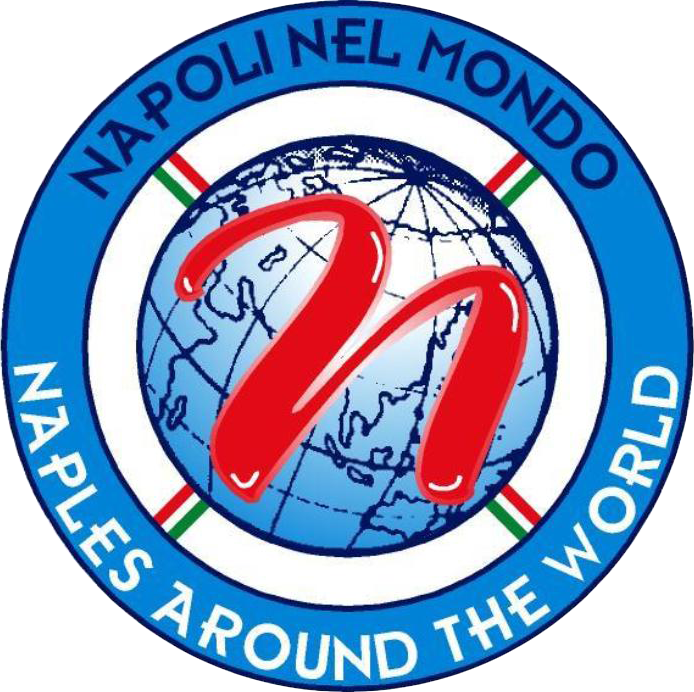Kagoshima City is located on the southern tip of the most south western island of Japan, Kyushu. At a latitude of 31 minutes 24 seconds north and 130 minutes and 26 seconds east , Kagoshima City lies in the heart of Kagoshima Prefecture, and covers a total are of 289.54 square kilometres. Most of the land within the city limits is between 100 – 200 metres above sea level and consists primarily of ash, volcanic sand and light volcanic debris. Sakurajima, an active volcano, lies four kilometres across Kinko Bay. Sakurajima has had over thirty major eruptions in recorded history. The most recent eruption occurred in 1914, which joined the volcanic island permanently to the Osumi peninsula (on the eastern side). The volcano has now become the towering symbol of Kagoshima, and is known throughout Japan.
The perimeter of the volcanic island measures 52km and covers a total area of eighty square kilometres. The volcano consists of three peaks, the northern one, measuring 1117 metres, the central peak, 1060 metres and the southern peak being 1040 metres high. The southern peak is still active and regularly showers the city with ash. After 93 percent of the city was destroyed in World War Two, a massive rebuilding project began. Forwrd thinking planners made allowances for 50 metre wide streets that are one of the city’s great features today. In 1967, Kagoshima City merged with Taniyama City to form one municipal district.As the prefectural seat, Kagoshima City functions as acentre for politics, economics, education and culture. With a population of over 550,000, it is developing as a core city in southern Kyushu.Kagoshima Bay, also called Kinko Bay, is actually a volcanic crater and is fed by seven main city rivers. Kinko Bay extends for 20 kilometres between the Satsuma and Osumi peninsulas and about 60 kilometres from north to south. The Black Current swirls into Kinko Bay, providing a sub-tropical climate with warm weather and much rain. The average annual temperature is about 18° C (64°Fahrenheit ), and the average annual precipitation is 2000 mm, of which the greatest concentration occurs from May to July, the rainy season (tsuyu). City’s population ranks 19th among the cities of Japan, with a population of 550, 276 people as of November 1997. The city’s popHistorically and traditionally, Kagoshima has been influenced by its geographic location, close to both the ocean and Asia. Kagoshima has been a gateway for trade and exchange between Japan and other nations since ancient times, and it was here that the Spanish missionary Francis Xavier first landed, introducing Christianity to Japan in the year 1549.In the middle of the nineteenth century, Japan shattered the walls that had isolated it from the outside world, and ventured forth.The lineage of the Shimazu family traces back to Yoritomo Minamoto. Ever since the founder of the line, Tadahisa, was appointed guardian of the three fiefs of Satsuma, Osumi and Hyuga in 1185, the family was centered in southern Kyushu, and produced a succession of brilliant and innovative leaders. The Shimazu Han (fief) remained in power for 686 years, until the end of the han system of administration in 1871.
The first town was founded on the site of a small village in the 14th Century when Lord Shimazu built a castle there. Later, in 1602, the then Lord Shimazu, Iehisa, built Tsurumaru Castle and the town flourished around it as a castle town. Tsurumaru castle was named after its shape, which resembled a crane with wings outstretched.
From the 17th century, the Shogunate had a “locked door” policy which forbade contact with other nations. Despite this, Satsuma ( the present day Kagoshima) continued to trade with China, despatched exchange students to Europe and worked to absorb modern culture.
Nariakira Shimazu , the 28th lord of Satsuma, made a particular contribution to the modernization of Japan through the construction of complex of modern facilities. Called the shuseikan, the industrial complex was built next to his residence in Iso, and astonished both foreigners and the Japanese alike with its advanced technology. In addition to a shipbuilding facility, it also had a reverbatory furnace, a blast furnace, and manufacturing facilities for many types of industrial goods and weaponry.
Kagoshima has played vital roles in many phases of Japanese history. There are still countless important historical sights throughout the city.The municipality of Kagoshima was established on the 1st of April, 1889, when just 57,822 people lived within the city limits. The municipal districts of Kagoshima and Taniyama were combined in 1967 to form the administrative district of today. Naples, Italy, became Kagoshima’s first Sister City on May 3rd, 1960. Kagoshima, with its towering volcano, had long been called the Naples of the east, so this was the basis of the sister city agreement.
From : http://www.minc.ne.jp/kics/eng/eng/Kagoshima/introindex.html
